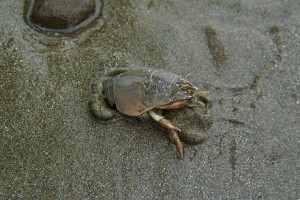
Bishop O’Dowd High School
Emerita analoga, or the common Pacific sand crab, is an small animal with a colossal impact on beach ecosystems. We will examine the population trend in sand crabs over time at ocean beach, and examine
possible environmental factors that could have caused this, specifically El Nino. The sand crab is an indicator species, so examining the health of their population will allow us to examine the health of the sandy beach ecosystem as a whole.
The sand crab mating season occurs in the late spring and summer. After the young spend 4-5 months in planktonic larval stages, they return to a beach from winter to spring. By mid-November the reproductive females that survive through the summer are less abundant, and because of this, the majority of the population on the beach consists of males and juveniles (Read about it here). Why are females less abundant? We aren’t sure, but this could definitely be a topic to be studied in further depth. In the northern hemisphere, sand crabs are distributed on sandy beaches along the Pacific Coast from Alaska to southern California (sand crabs distribution).
Sand crab abundance varies based on the location of the population and other changing environmental conditions. A study that researched the sand crab populations off of the Oregon coast revealed that fluctuating crab abundance was linked to the presence of El Niño. Sand crab populations in Oregon seem to be replenished by larvae drifting north from California, and because an El Niño period results in an increased northward transport of water, it is expected that larval populations in Oregon will be higher during El Niño. To test this prediction, scientists recorded the larval abundances of a non-El Niño year (1997) and an El Niño year (1998). In 1997, they saw that first stage larvae was present in low numbers during the summer, indicating a lack of Californian crabs in the population. However, in 1998, there was an abundance of recruits, reflecting a strong larval recruitment from California. Therefore, the scientists could conclude that El Niño results in more recruits and thus more abundant crab populations in areas like the central Oregon coast (El Niño results in more recruits).
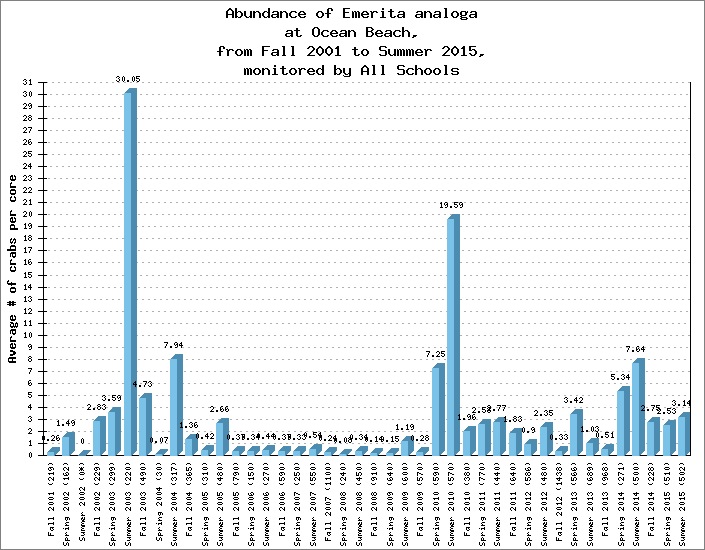
Source: www.LiMPETS.org
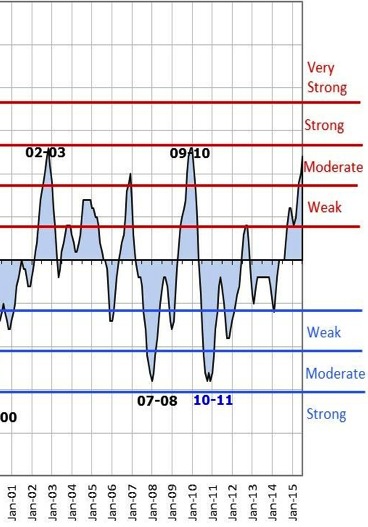
Source: www.ggweather.com El Niño: red. La Niña: blue
The first graph above portrays the abundance of sand crabs on Ocean Beach from 2001-2015 based on the average number of crabs per core of sand collected. By looking at the data, there are clear spikes in sand crab abundance in the summer of 2003, spring of 2010 and summer of 2010; recruits settle on beaches during the spring and summertimes each year. When compared to the El Niño years, there is a correlation between sand crab abundance increase and stronger a El Niño. The second visual displays the intensity of El Niño from January 2001 to January 2015, and the years when El Niño was considered strong were 2002-2003 and 2009-2010. The strongest El Niño years thus match the years in which sand crab abundance skyrocketed, leading us to conclude that a more intense El Niño results in higher sand crab populations, particularly of recruits. As seen in the third visual below, the massive spike in the relative population of recruits correlates to one of the two strongest El Niño in the past 15 years.

Source: www.LiMPETS.org
While it is not possible for us to draw conclusive results given the complexities of the environment, the correlation between the arrival of El Niño and the abundance of sand crabs is apparent. In years where El Niño is present, the amount of sand crabs on Ocean Beach goes up, specifically the recruits. Stronger El Niño years cause higher crab populations according to our findings. With the arrival of a big El Niño storm this coming year, we can only expect these little crabs to have a considerable increase in their population.

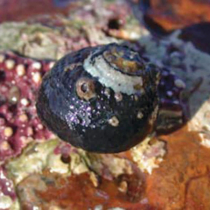

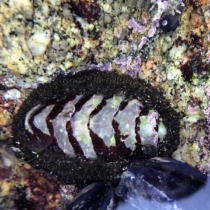
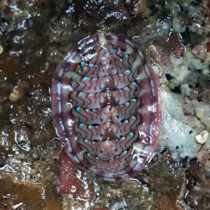
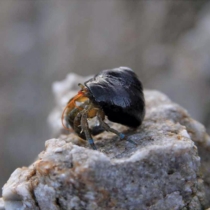
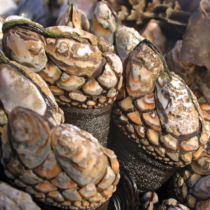
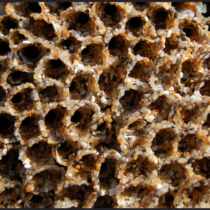
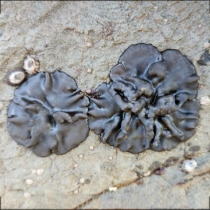

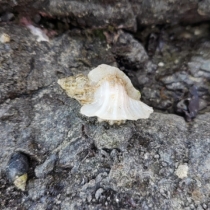
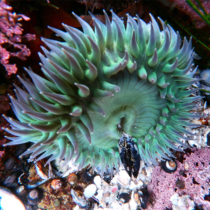
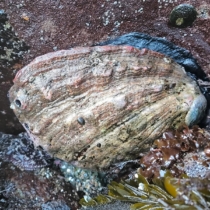
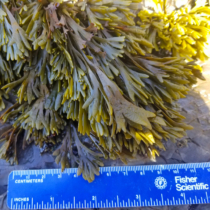


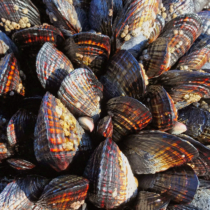
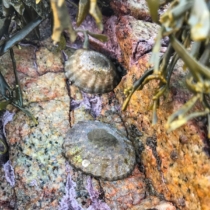
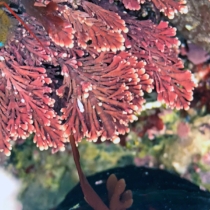

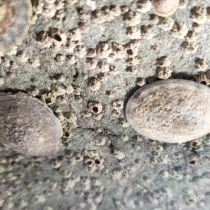
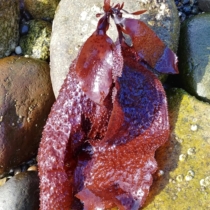

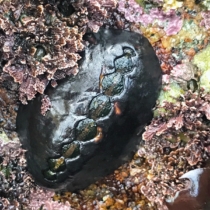
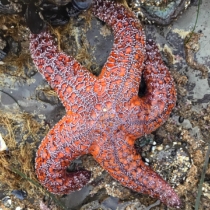
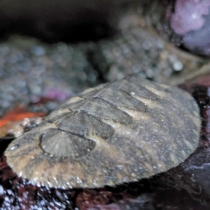
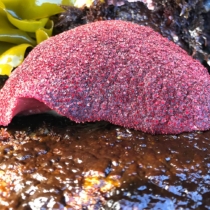
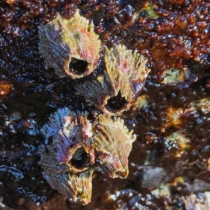
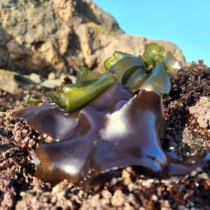


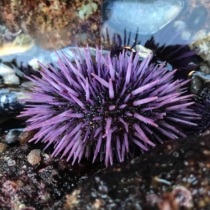


I really like the excellent data support you guys had. It was these strong correlations, as well as the repetitiveness of the data, that you pointed out that made me see and truly agree that El Nino causes these populations spikes. I also like how you pointed other areas of interest that you had if they were not within the scope of your research and analysis. I was wondering if you had an explanation for the smaller spikes that do not take place during an El Nino year, yet are still a clear deviation from the norm.